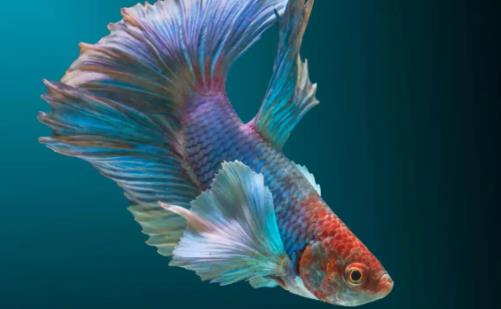Below are fish species suitable for cohabitation with bettas, along with key considerations, compiled from multiple sources:

I. Recommended Tank Mates
Top-Dwelling, Fast-Swimming Fish
Zebra Danios: Fast swimmers with slender bodies, they can evade betta attacks and occupy a different activity zone, complementing bettas’ space.
Mollies/Platies: Vibrantly colored and disease-resistant, their schooling behavior helps distract bettas’ attention.
Tetras (Neon Tetras, Cardinal Tetras): Small schooling fish that are agile and inhabit a different area of the tank than bettas.
Mid-Dwelling, Gentle Fish
Angelfish: Moderate in size (should match the betta’s size) and docile, with many successful cohabitation cases.
Short-Finned Guppies: Choose fast-swimming varieties to avoid their fins being nipped—long-finned ones are more vulnerable.
Bottom-Dwelling, Cleaning Fish
Corydoras Catfish/Plecos: Their bottom-dwelling habits minimize contact with bettas, and they help clean up leftover food.
Kuhli Loaches: They feed on oil films, have a mild temperament, and thrive in tanks 30cm or larger.
II. Essential Conditions for Cohabitation
Tank Size
Minimum 40cm (60cm or larger recommended), with a water volume of at least 38 liters to provide ample space for movement.
Tank Setup
Dense aquatic plants, driftwood, or hiding spots are necessary to reduce territorial conflicts.
Water Quality Management
Maintain a temperature of 22–28°C (bettas are sensitive to fluctuations) and a pH of 6.5–7.2. Change 1/3 of the water regularly.
III. Fish to Avoid Cohabiting With
Aggressive Species: Fish like Tiger Barbs or Gouramis will actively attack bettas.
Slow-Moving Fish: Species such as long-finned guppies or Honey Gouramis are easily chased by bettas.
Other Bettas: Male bettas, in particular, must be kept alone.
IV. Special Considerations
Introduction Order: Add other fish first, then introduce the betta later to reduce its aggressiveness.
Observation Period: Monitor closely during the initial cohabitation phase and promptly separate any conflicting individuals.
Chinese Bettas: Juveniles can be kept in groups, but adult males need separate tanks; females can cohabit in groups.
Note: Success with cohabitation depends on individual temperament differences. It’s advisable to start with small fish and prioritize fast-swimming, similarly sized, and gentle species.
